Understanding Monkeypox: Symptoms, Transmission, and Prevention
Understanding Monkeypox: Symptoms, Transmission, and Prevention monkeypox is an infectious disease caused by the monkeypox virus, which belongs to the Orthopoxvirus genus in the family Poxviridae. Though initially discovered in monkeys, the virus is primarily transmitted to humans through contact with infected animals or contaminated materials. The disease’s recent resurgence in various parts of the world has highlighted the need for comprehensive understanding and effective preventive measures. This blog aims to provide a thorough overview of monkeypox, including its symptoms, transmission, and prevention strategies.
History and Background
Monkeypox was first identified in 1958 when two outbreaks of a pox-like disease occurred among monkeys kept for research. The first human case was reported in 1970 in the Democratic Republic of the Congo (DRC). Since then, outbreaks have been sporadic, primarily occurring in central and west Africa. However, recent years have seen an increase in cases outside of these regions, prompting global concern.
Symptoms of Monkeypox

Understanding Monkeypox: Symptoms, Transmission, and Prevention monkeypox shares similarities with smallpox, although it is generally less severe. The incubation period, which is the time between exposure to the virus and the appearance of symptoms, typically ranges from 7 to 14 days, but can vary from 5 to 21 days. Symptoms can be divided into two main phases:
1. Prodromal Phase
The prodromal phase lasts for about 1 to 5 days and includes flu-like symptoms such as:
- Fever: Often one of the first signs, fever can be high and persistent.
- Headache: Severe headaches are common.
- Muscle Aches: Generalized muscle pain and backaches are frequently reported.
- Fatigue: Extreme tiredness and malaise.
- Lymphadenopathy: Swelling of the lymph nodes, which is a distinguishing feature of monkeypox compared to smallpox.
2. Rash Phase
The rash phase usually starts a day or two after the onset of fever. The progression of the rash follows a predictable pattern:
- Initial Appearance: The rash starts as small red spots, which eventually develop into papules (raised bumps).
- Progression: The papules evolve into vesicles (fluid-filled blisters) and then pustules (pus-filled lesions).
- Resolution: The pustules eventually crust over and fall off, leaving scars. The entire rash phase lasts about 2 to 4 weeks.
The rash often appears on the face, arms, legs, and sometimes the genitals and eyes. Unlike smallpox, which typically presents a uniform rash pattern, monkeypox lesions are more dispersed and vary in size and stage.
Transmission of Monkeypox
Monkeypox can spread to humans through several routes, including:
1. Animal-to-Human Transmission
- Direct Contact: Handling or coming into contact with bodily fluids, blood, or tissues of infected animals, such as rodents, primates, or other wildlife.
- Bites or Scratches: Being bitten or scratched by an infected animal.
2. Human-to-Human Transmission
- Respiratory Droplets: Close contact with respiratory droplets from an infected person, especially in enclosed settings.
- Direct Contact: Touching the skin lesions, bodily fluids, or contaminated materials (such as bedding or clothing) from an infected person.
- Fomites: Indirect transmission through contaminated surfaces or materials.
3. Environmental Exposure
- Contaminated Objects: Contact with contaminated objects, such as bedding or clothing, can facilitate transmission.
Diagnosis and Treatment

1. Diagnosis
Diagnosing monkeypox involves a combination of clinical evaluation and laboratory tests. Medical professionals typically:
- Review Medical History: Including recent travel to endemic areas or exposure to animals or infected individuals.
- Perform Physical Examination: Observing the characteristic rash and other symptoms.
- Laboratory Tests: Polymerase chain reaction (PCR) tests, serology, and viral cultures can confirm the presence of the monkeypox virus.
2. Treatment
Currently, there is no specific antiviral treatment for monkeypox. Management primarily involves supportive care to alleviate symptoms and prevent complications. Treatment may include:
- Pain and Fever Management: Use of analgesics and antipyretics.
- Hydration and Nutrition: Ensuring adequate fluid intake and nutrition.
- Antibiotics: Prescribed if secondary bacterial infections occur.
- Isolation: To prevent the spread of the virus to others.
In severe cases, antiviral medications such as tecovirimat, which is used for smallpox, may be considered. The World Health Organization (WHO) and other health agencies provide guidance on treatment protocols based on the severity of the outbreak and availability of resources.
Prevention Strategies
Effective prevention of monkeypox involves a combination of personal, community, and public health measures:
1. Personal Protection
- Avoid Contact: Refrain from handling animals that could be infected, especially in regions where monkeypox is known to occur.
- Practice Good Hygiene: Regular handwashing with soap and water, or using hand sanitizer, particularly after contact with animals or contaminated materials.
- Wear Protective Gear: When caring for infected individuals, use personal protective equipment (PPE) such as gloves, masks, and gowns.
2. Community Measures
- Public Awareness: Educating communities about monkeypox, its symptoms, and prevention methods.
- Health Surveillance: Monitoring and reporting cases to health authorities to facilitate prompt response and containment.
3. Public Health Interventions
- Vaccination: The smallpox vaccine has been shown to offer some protection against monkeypox. Vaccination campaigns may be implemented in outbreak areas.
- Quarantine and Isolation: Enforcing quarantine measures for exposed individuals and isolation of infected patients to prevent further spread.
- Vector Control: Managing wildlife populations and reducing human-animal contact in areas where monkeypox is prevalent.
Challenges and Future Directions
The resurgence of monkeypox has presented several challenges:
- Global Surveillance: Improved global surveillance systems are needed to detect and respond to outbreaks promptly.
- Vaccine Development: Continued research into more effective vaccines and treatments is essential.
- Public Health Infrastructure: Strengthening health systems in affected regions to improve response capabilities and access to care.
Conclusion
Understanding Monkeypox: Symptoms, Transmission, and Prevention, though less severe than some other poxviruses, poses significant public health challenges. Understanding its symptoms, modes of transmission, and preventive measures is crucial for managing and mitigating outbreaks. With concerted efforts in surveillance, vaccination, and public education, the impact of monkeypox can be effectively controlled, safeguarding communities globally. As research continues and health strategies evolve, staying informed and prepared remains the key to combating this disease.


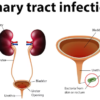
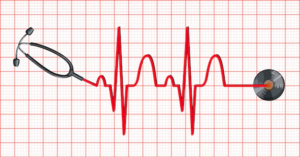
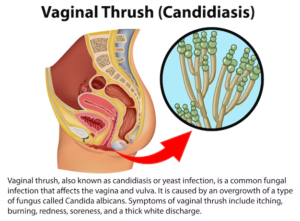
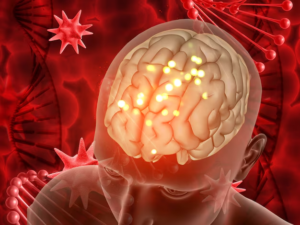
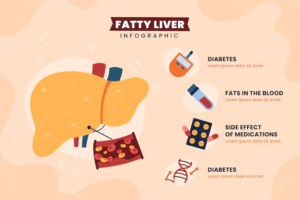
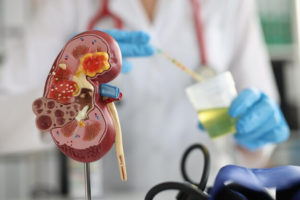
Leave a reply